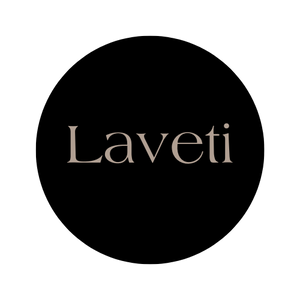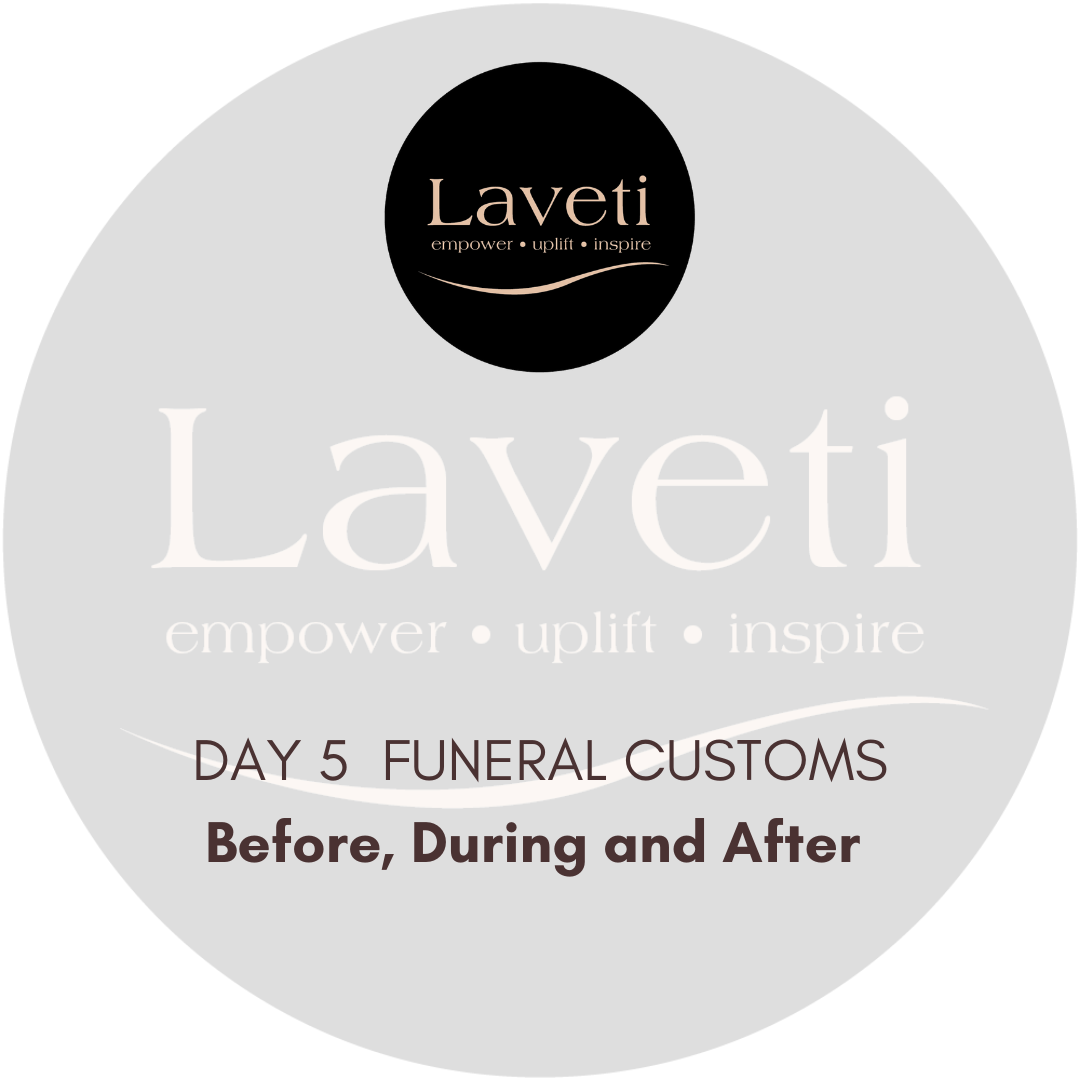Before, During and After
There are common funereal customs in Fiji to commemorate the departed. These customs feature before burial, during the funeral and after burial.
NA BURUA – this is a feast prepared by the hosts for mourners that attend the funeral. It usually involved presentation of raw pork, fish or beef with a few dalo or uvi root crops. It is not uncommon to find funerals in urban settings present a sumptuous banquet instead after the burial, still keeping with the principle of providing nourishment albeit all cooked and now with accompanying salads, condiments, beverages and desserts!
NA IDOLA NI KATUBA – after the coffin leaves the mourning residence for burial, the door it is carried through is closed until four nights. It is re-opened with a small feast offering and mixed kava. The belief is so the deceased’s soul does not return to his home for his spirit energy could destabilize the well-being of his living relatives. Nowadays the door can be opened soon after burial as a symbolic gesture to the custom.
NA REGUREGU – this is reference to the traditional wealth that a mourning group presents traditionally as gifts to the hosts. It includes mats, tapa cloth and is presented with a whale tooth or dried kava roots, or both.
A ISOLE – as mourners stream in with their gifts, close female relatives of the deceased begin selecting mats and tapa for burial. Long before coffins, the dead were wrapped (sole) in mats and buried.
VATU NI BALAWA – this is a whale tooth placed on the deceased’s male’s chest to be buried with him. It was believed to be thrown at a screw pine tree at the edge of a river where a boat of the dead awaits to ferry the deceased’s soul to bulu.
BIKABIKA – these are elderly women whose role is to sit quietly at the spot where the deceased’s body lay before burial. These women hold a wakeful vigil over four nights. They are treated hand and foot during the entire four nights – eating and sleeping where they hold the vigil. They disperse after four nights when the idola ni katuba custom is completed.
BOGI VA – (Four nights). This is a more reserved memorial feast by the hosts for themselves to remember the departed kin. Sometimes it can be uncooked food shared amongst themselves for each to take home and prepare. Sometimes it is cooked and eaten at the funeral venue before all disperse.
A IRAI/ILAKOVI/BUTUBULA – if a woman’s husband is the deceased, after the burial relatives from her clan will make a traditional approach with a whale tooth presentation to the deceased’s kin. This approach is to traditionally ask the kin to release the widow back to her clan. If the deceased’s clan refuse, a counter presentation is done back to the widow’s kin called DIRIKI (to shatter). The counter is typical if the widow has children still living.
TUVA ULU – ulu means head. It is the most sacred part of the body. A deceased’s maternal kin symbolize the deceased’s mother. Mothers are givers of life by birthing children. Before deliveries at hospitals and clinics, there were traditional midwives who delivered in villages. The first mat a baby lies on is prepared by the mother. When a person dies, the last mat the deceased lies on is prepared by the mother’s relatives on her behalf. The deceased’s relatives honour the giving of life and present mats and whale tooth to the maternal relatives of the deceased to honor the mother. This gift and acknowledgement is called tuva ulu – head arrangement. It isn’t unknown to acknowledge the deceased’s mother, the deceased’s maternal grandmother and so on.
VAKATARAISULU – soon after the burial, the senior female relatives of the deceased discuss and agree to collectively express their mourning. This is when a small kava ceremony is held called TABU where expressions of mourning (unkempt hair, beard), black attire etc are instituted and a tabu on gaiety and frivolity on nominated relatives (from the deceased’s vasu and his clan) during the entire 100 nights of mourning. The mourning is lifted with presentation of mats, tapa to the deceased’s clan. A banquet celebratory feast is also prepared to mark the lifting of the mourning period and the associated tabu and frivolity and gaiety ensues.
NA CARA – this is an annual clearing of weeds and overgrown grass at the graves of departed relatives as a memorial visitation to them. It is usually done close to Christmas. Relatives gather at an appointed date and clear the weeds after which they tuck into a feast and kava drinking. It is very common to have this in villages in Fiji and all are expected to clear weeds from the parents, grandparents, etc graves for not only are the graves cleaned, they get a fresh coat of paint , flowers and decorations too.
Source: Simione Sevudredre






